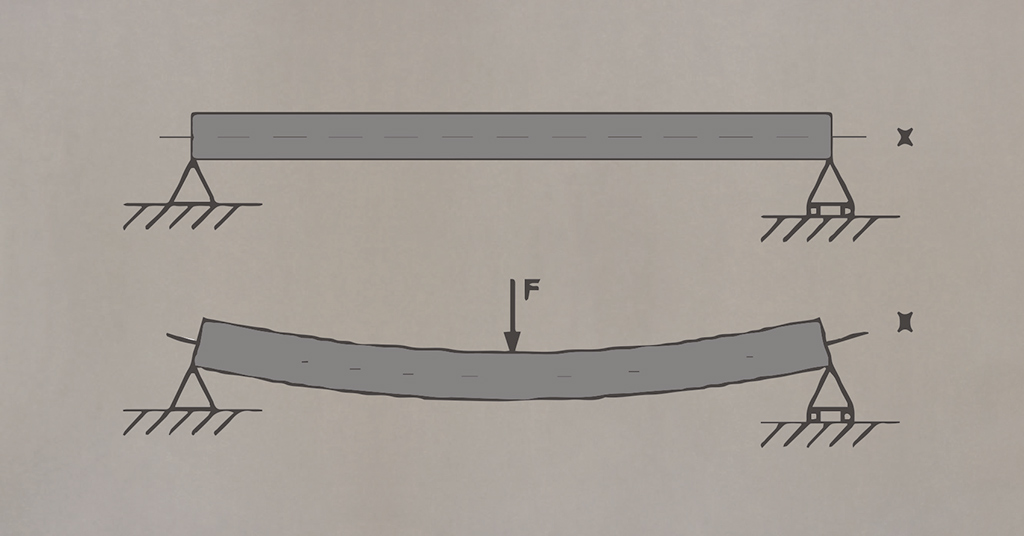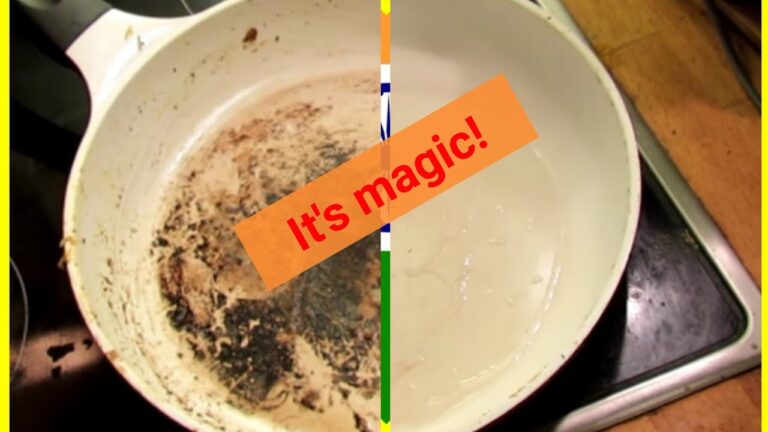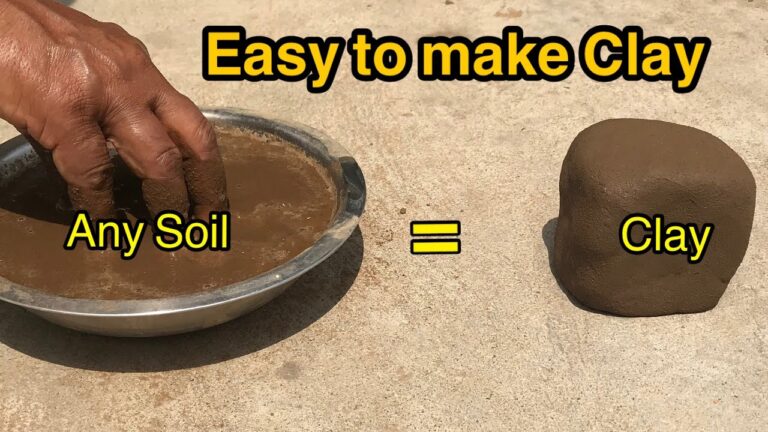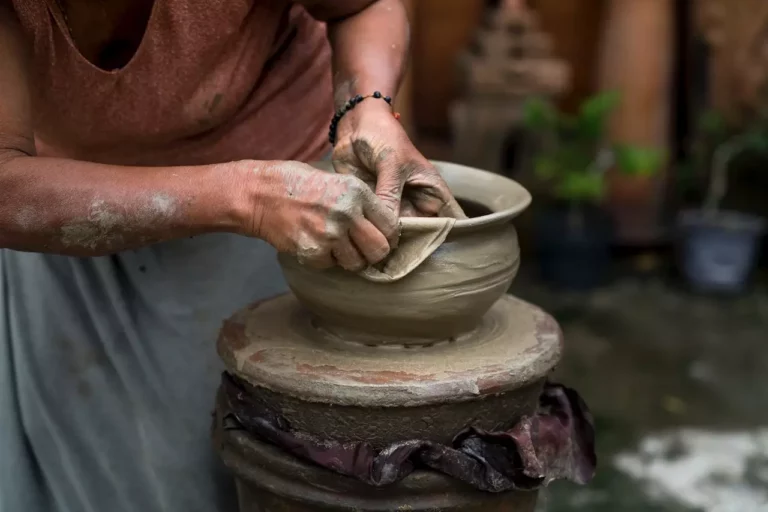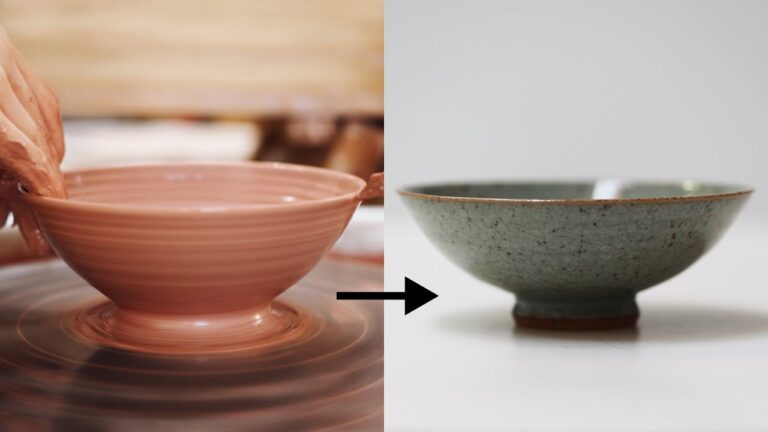How to Bend Ceramic Tile
Ceramic tile is a beautiful and durable material that can be used for a variety of home improvement projects. While it is typically used for floors and countertops, ceramic tile can also be used to create backsplashes, accent walls, and other decorative features. Bending ceramic tile is a great way to add interest and dimension to your project.
There are a few different ways that you can bend ceramic tile. One method is to use heat. This can be done with a heat gun or by placing the tile in an oven set to a low temperature.
Another option is to score the back of the tile with a glass cutter before soaking it in water for several minutes. Once the tile is pliable, you can mold it into the desired shape.
whichever method you choose, bending ceramic tile is a simple way to add personality and style to your home improvement project.
- Measure the area where you will be installing the tile
- Cut the tiles to size using a wet saw with a diamond blade
- Lay out the tiles in the pattern you desire
- Spread adhesive on the back of each tile with a notched trowel
- Place the tiles on the wall or floor, pressing them into place firmly
- 6) Use a level to make sure each row of tiles is even as you work your way up or down the wall or across the floor
- 7) Once all of the tiles are in place, allow them to dry for at least 24 hours before grouting
- 8) To grout, mix some grout powder with water according to manufacturer’s instructions and spread it over the joints between each tile with a rubber float held at about a 45-degree angle
- 9) Work the grout into all of the joints, being sure to wipe away any excess that squeezes out ontothe face ofthe tile
- 10) Allowthegrouttocureforatleast24hoursbeforesealingitwithaqualitygroutsurfaceprotector
How to cut a curve in tile
How Do You Cut a Curve in Ceramic Tile?
When it comes to cutting curves in ceramic tile, there are a few different ways that you can go about doing it. The first way is to use a manual tile cutter. This is probably the most common way that people cut curves in ceramic tile, as it is relatively easy to do and does not require any special tools or equipment.
Simply line up the tile cutter with the curve that you want to cut, and then score the tile along the curve. Once you have scored the tile, you can then snap it along the score line to create a clean, curved edge.
Another way that you can cut curves in ceramic tile is by using an electric wet saw.
This method is a bit more difficult than using a manual tile cutter, but it will produce much cleaner and more precise results. If you have access to an electric wet saw, simply line up the blade with the curve that you want to cut and slowly guide the saw through the tile. Be sure to go slowly and steady your hand as much as possible so that you do not crack or chip the tile.
Finally, if you are working with very thin or delicate ceramic tiles, you may need to use a diamond blade attachment on your power drill in order to get clean cuts. This method should only be attempted by those who are experienced with using power tools, as it can be very easy to damage delicate tiles if done incorrectly. To use this method, simply attach a diamond blade attachment onto your power drill and then carefully guide it along the curve that you want to cut into the tile.
Again, take your time and be very careful so that you do not damage the tiles.
How Do You Make Curved Cuts in Porcelain Tile?
If you need to make a curved cut in porcelain tile, the best way to do it is with a wet saw. A wet saw uses water to cool the blade and minimize dust while cutting. It’s important to use a wet saw because porcelain is a very hard material and dry cutting it can cause the tile to crack.
To make a curved cut, start by marking the curve on the tile with a pencil. Then, set up your wet saw according to the manufacturer’s instructions. When you’re ready, slowly guide the tile along the blade, following your pencil line.
Keep the tile moving steadily so that you get an even cut.
If you don’t have access to a wet saw, you can try using a handheld rotary tool with a diamond-tipped bit. However, this method is more difficult and isn’t as precise as using a wet saw.
Can Tiles Be Rounded?
Tiles can be rounded in a number of ways. The most common method is to use a tile router, which uses a rotating bit to grind away the sharp edges of the tile. This leaves a smooth, finished edge that is safe to handle and looks great in any setting.
You can also use a hand-held grinder to round off the edges of your tiles, but this takes more time and effort than using a router.
How Do You Bend Metal Tile Edges?
If you’re looking to give your metal tile a more finished look, you can bend the edges using a process called edge-rolling. This technique can be used on both square and rectangle tiles, and is relatively simple to do. Here’s a step-by-step guide on how to edge-roll metal tile:
1. Begin by setting up your work area. You’ll need a sturdy table or workbench to support the tile, as well as a mallet or hammer. If you’re working with square tiles, you’ll also need a set of clamps to hold the tile in place while you work.
2. Place the first tile upside down on the table or workbench, making sure that one of the long sides is facing up. If you’re working with square tiles, clamp them into place so they don’t move around while you’re working.
3. With one hand, hold the mallet or hammer near the center of the long side of the tile.
With your other hand, grab hold of the end of the tile and start to bend it upwards towards you, keeping your grip close to the end of the metal.
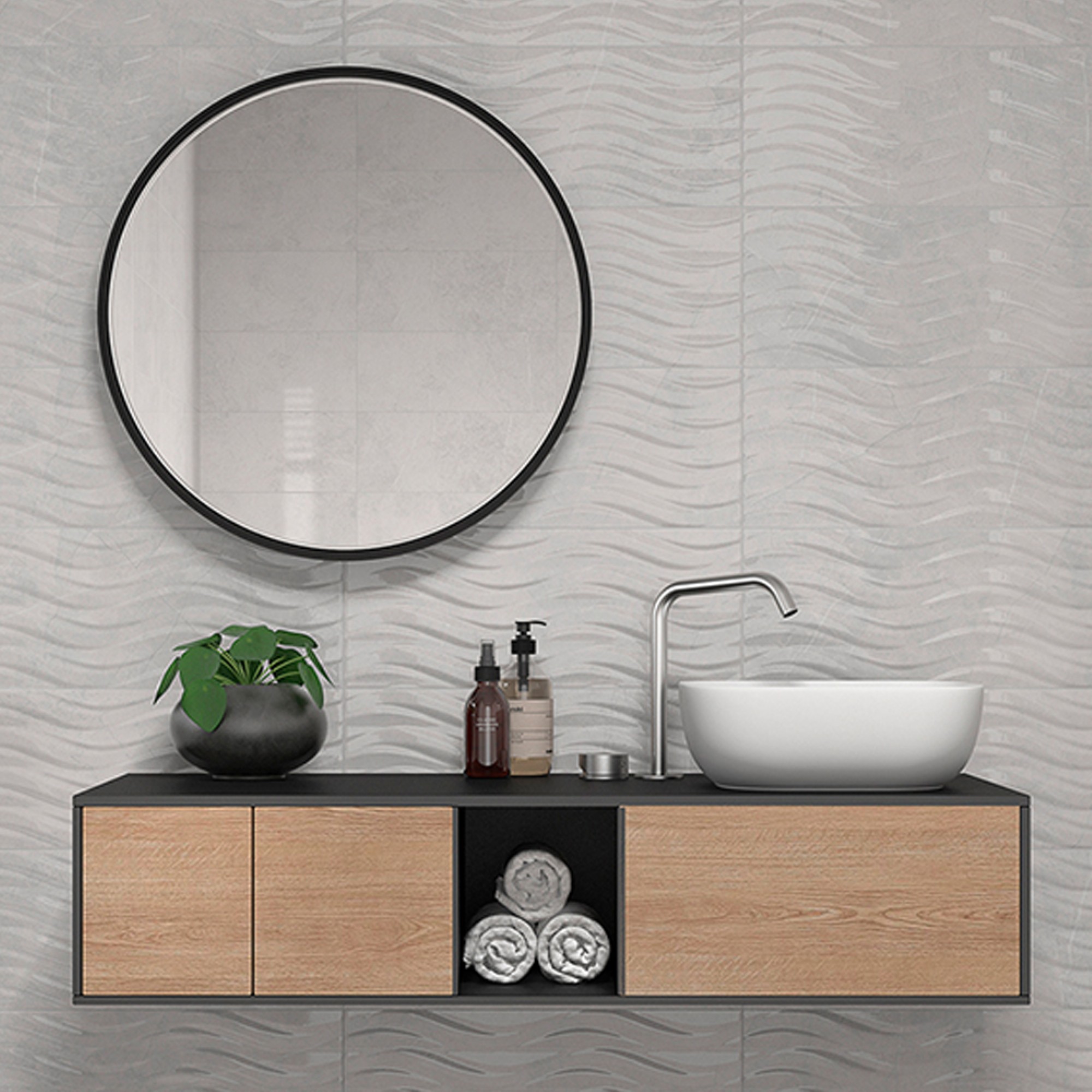
Credit: www.genrose.com
Ceramic Tile Edging
Ceramic tile edging is used to give a clean, finished look to tiled edges. It can be used on both walls and floors, and comes in a variety of colors and styles to match your décor. While ceramic tile edging is not required, it can help give your space a polished look.
There are two main types of ceramic tile edging: bullnose and beveled. Bullnose edging has a rounded edge, while beveled edging has a sharp 90-degree angle. Both types of edging come in standard lengths of 4”, 6”, 8”, or 12”.
You can also find pre-formed outside corner pieces for an even cleaner look.
To install ceramic tile edging, you will need some basic tools including tile nippers or a wet saw. First, measure the length of the area you want to cover and cut your tiles accordingly.
If you are using bullnose edging, apply adhesive to the back of each piece and press it into place. For beveled edging, you will need to spread adhesive onto the wall or floor first, then set each piece into place before grouting. Once all pieces are in place, allow the adhesive to dry completely before grouting the joints between each piece of tile edging.
Whether you choose bullnose or beveled ceramics tile edging (or both!), this simple addition can really make a difference in the overall look of your space!
Conclusion
Bending ceramic tile is a process that can be used to create customized pieces for your home or business. By heating the tile and then cooling it, you can achieve the desired shape. This method is often used by professional tile setters, but it can also be done at home with the proper tools and techniques.
Follow these steps to bend ceramic tile like a pro.
